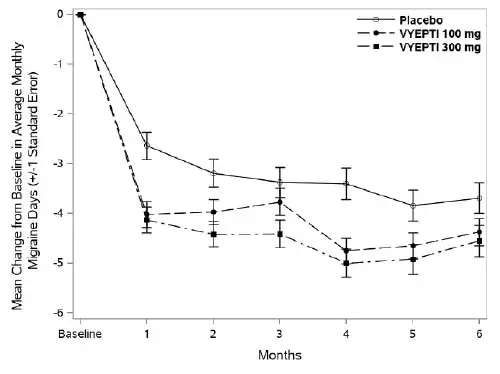Definition of Eosinophilia
The Information On The Site Is Not Medical Advice. We Do Not Sell Anything. The Accuracy Of The Translation Is Not Guaranteed. Disclaimer
Eosinophilia: An abnormally high number of eosinophils in the blood. Normally eosinophils constitute 1 to 3% of the peripheral blood leukocytes at a count of 350 to 650 per cubic millimeter. Eosinophilia can be categorized as mild (less than 1500 eosinophils per cubic millimeter) moderate (1500 to 5000 per cubic millimeter) or severe (more than 5000 per cubic millimeter).
In areas of the world where parasitic diseases are common they are the usual cause of eosinophilia. In developed nations eosinophilia is most often due to allergy or less often a drug reaction. There are numerous other causes of eosinophilia but individually they are quite uncommon.
Eosinophilia may be primary or secondary. In primary eosinophilia the increased production of eosinophils is due to an abnormality in a hematopoietic stem cell as for example in eosinophilic leukemia . In secondary eosinophilia the increased production of eosinophils is a reactive process driven by cytokines as is the case in allergy.












